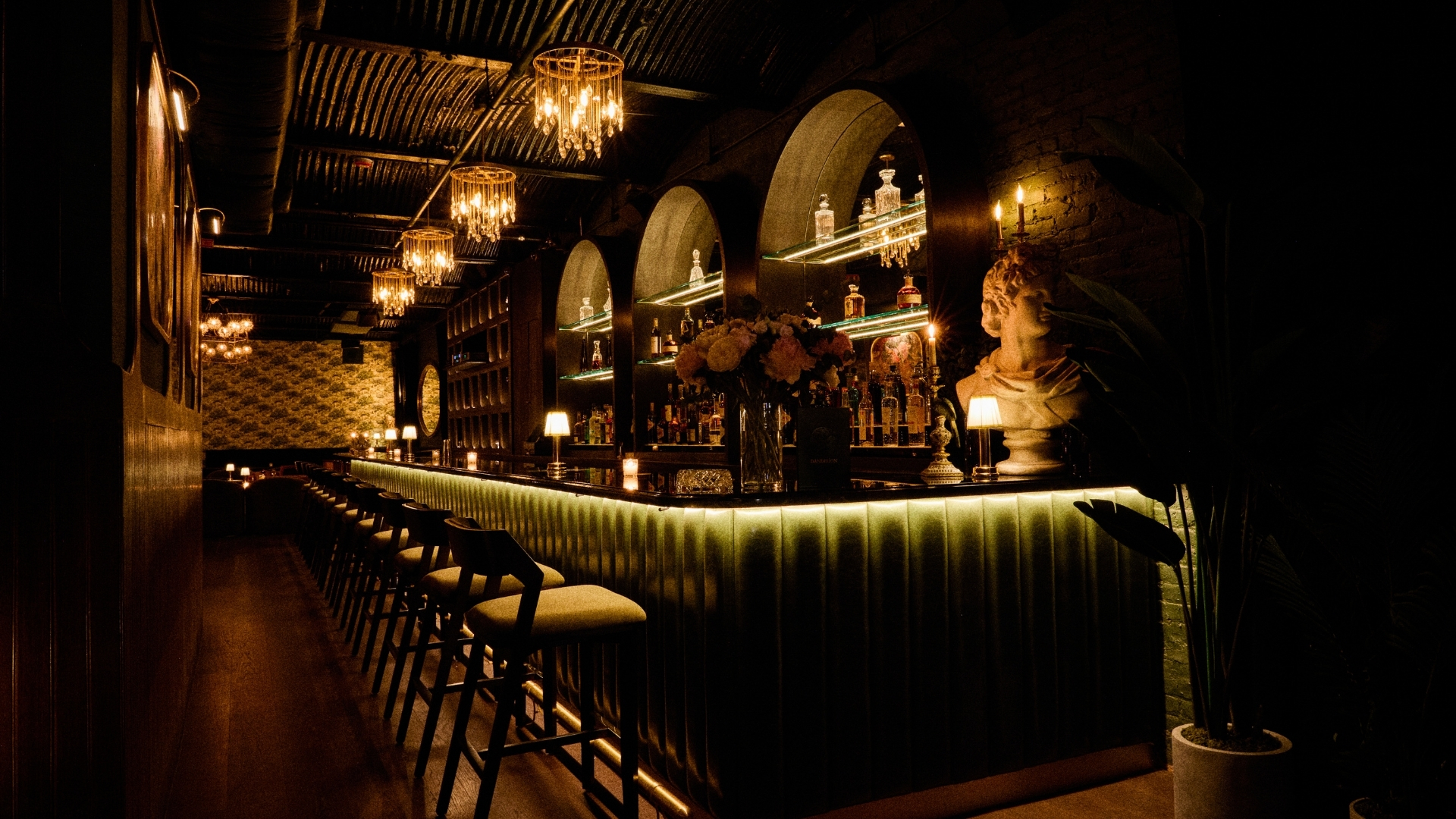Radio Hosts: An Overlooked Social Connection Craved During Quarantine

Although we are more than a year out since the onset of the COVID-19 pandemic in March of 2020, the pandemic’s impact is still felt in virtually every industry around the world, and likely will continue to be felt for years to come, if not longer. Part of this impact, perhaps, can be measured through the ways in which professionals from different industries have pivoted their operations, internal messaging, or company branding to provide assistance to those affected most by the pandemic and its subsequent fallout.
At the pandemic’s height, experts across a number of industries worked tirelessly to provide essential services, updates, and information to those who remained isolated or quarantined from their friends, family, and other loved ones. While sectors such as hospitals and local governments certainly helped to spearhead this dissemination of information, one overlooked sector that also helped contribute to this is that of radio and talk show hosts.
Wendy Wild is one such radio show host. Based in New York City, NY, Wild was present to witness the pandemic’s onset in her home city and how it affected the lives of not only herself and her colleagues, but millions of other residents; many of whom were regular listeners on her own shows heard in New York, but also other markets such as Fort Myers, Salt Lake City, Miami or her “What’s Up With Wendy” segment heard on the nationally syndicated, The Weekend Throwdown With Jagger.
No sooner had the pandemic set in and a city-wide lockdown was mandated did Wild realize her potential as a radio host to offer her listeners something extremely valuable during this time: a space to engage and socialize, even if it was only on the receiving end of their headphones.
“The past year and a half was one of the most challenging for all of us,” says Wild, “as radio and talk show hosts, we are someone who not only plays music and talks between or over songs, but also someone who feels like and acts as a friend to our listeners. We’re relatable and stay on top of the news and pop culture, but also understand the grind of everyday life.”
When that everyday grind changed for Wild and her colleagues, she almost immediately realized that it was about to equally change for her base of listeners, as well, regardless of where or who they were.
“We had to quickly pivot,” Wild adds, “and our workflows changed. Not only did we have to maintain our program production, but we had to also provide crucial information for listeners hungry to stay updated on pandemic-related news. My team and I quickly noticed that more and more listeners were tuning in to our programs, likely as a result of so many of them being forced to isolate themselves away from their friends and families and searching for ways to stay connected when they otherwise couldn’t.”
This growth in listeners was not felt solely by Wild and her other colleagues in New York, however. In an interview last year with the United Nations Regional Information Centre (UNRIC), Michael Dujardin, channel manager for the largest commercial radio station in Flanders, Belgium, stated that his company’s online streaming listener numbers increased by more than 50% during the pandemic compared to the year before.
Similarly, a Nielsen study conducted during the early months of the pandemic showed that the majority of those surveyed were listening to radio, podcast, and other talk shows more frequently than they were prior to the pandemic, with an increase between 10-26% of listeners tuning in on their computers, smartphones, or smart speakers from home.
That same study also predicted that, with so many people stuck in their homes, media consumption was projected to increase by some 60% across the board—a figure that, a year later, seems to remain on-trend as the COVID-19 delta variant continues to spread across the country, with roughly 28% of Nielsen’s study participants reporting that they have and/or continue listening to radio broadcasts more during the pandemic.
With these statistics in mind, it’s no surprise that radio and talk show hosts such as Wild have remained driven in their passion to continually engage listeners, acting as a kind of virtual parasocial friend for them when they needed (and continue to need) access to vital information and social interaction more than ever before.
Written in partnership with Ascend












